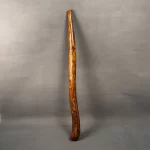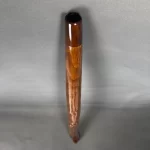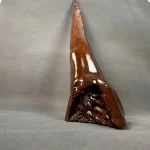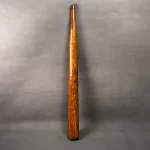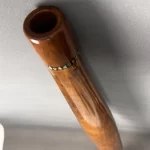Didgeridoo (Didjeridu)
didgeridoo is an Ancient and ceremonial instrument arising from the musical culture of the natives Northern Australia (aboriginal people), this instrument is placed in the category of wood wind instruments and is used all over the world for affective, ceremonial and therapeutic use.
Didgeridoo History
Didgeridoo or yidaki as the aboriginal people call it It is an ancient instrument that is estimated to be 1500 years old. This wooden instrument, which is made by the natives living in northern Australia, is used in ritual ceremonies to accompany dances, storytelling and legends, and also by creating circular frequencies with rhythm. Repetitive acts create a kind of collective ecstasy that is considered sacred and has been effective in promoting a certain type of convergence through music.
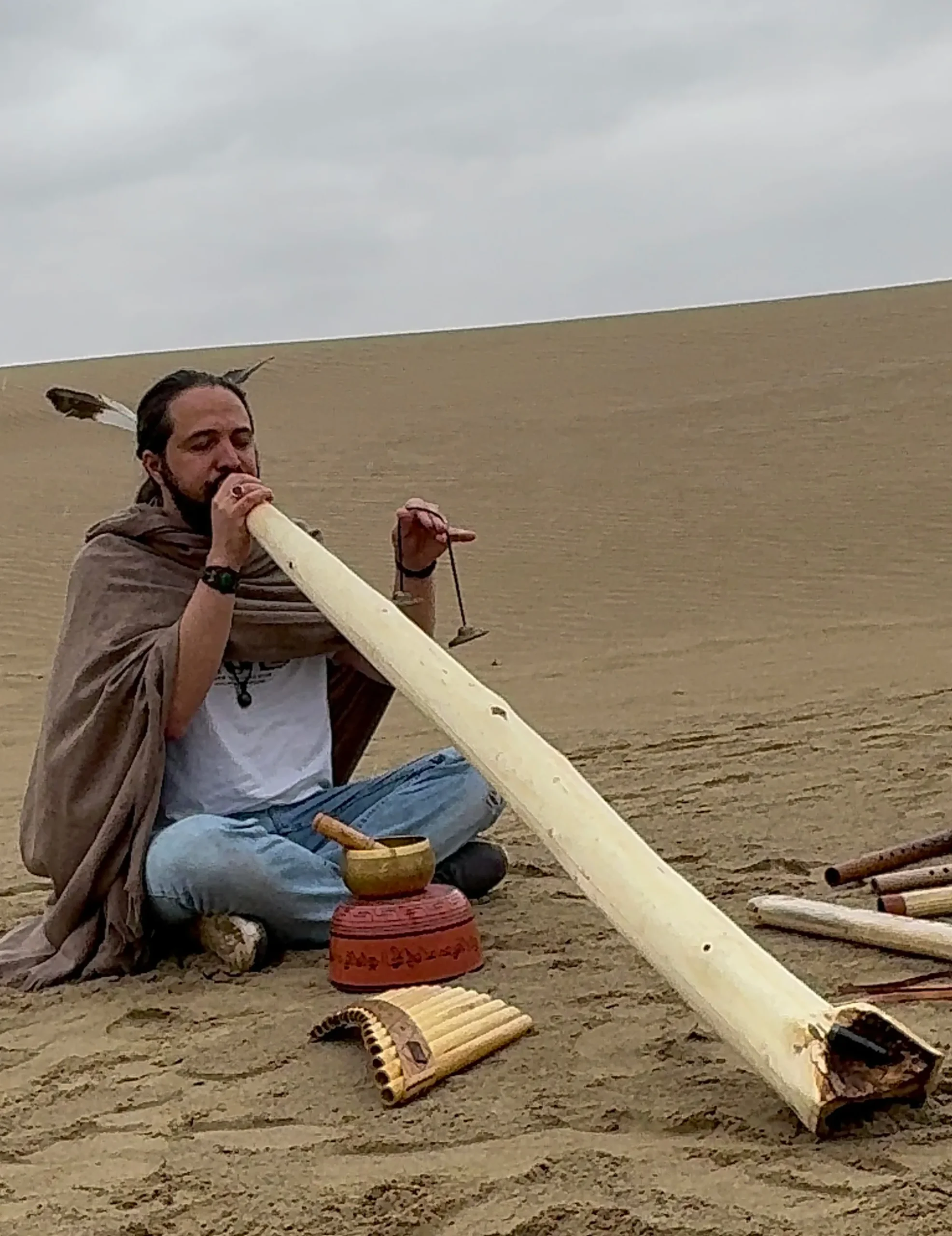
Showing all 3 results
Recently Viewed Products
The way of making and playing this instrument, which is very basic and without the need for advanced tools or techniques, shows that the traditions related to it are very old and ancient.
Traditions of playing with the didgeridoo
In playing this instrument, the aborigines imitate the sounds of birds and large animals such as whales and other elements of nature such as lightning, wind, storms, volcanoes, etc. It is considered a way to communicate with the spirits of animals and ancestors and a kind of prayer and praise to the one spirit of nature that is present in all creatures Playing with this instrument is not difficult and it is done by creating vibrations in the lips and mouth and transferring it to the body of the instrument through the mouth part. Also, the aborigines use the reverse breathing technique which is an ancient method in playing wind instruments continuously. They continue to play continuously and create periodic and repetitive cycles in playing, which by repeating it create a kind of trance in the listener, which has therapeutic properties, and meta therapists use it in music therapy sessions to treat different parts of the client’s body and mind.

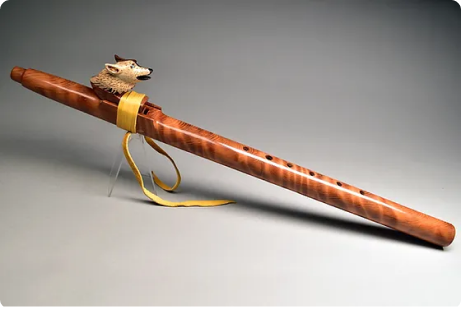
Didgeridoo physical and sound structure
In the past, the natives of Australia made this instrument in one piece from the stem of the Eucalyptus tree, in such a way that they first looked for the thin and hollow trunks of this tree that had been crushed by termites, after finding a suitable trunk. It was cut and cut into 120 to 170 cm sizes, then they emptied the inside of each of the trunks with fire or a long burning tool, then they used wax to shape the mouth of the instrument so that it would be soft and suitable for contact with the lips. But today, this instrument is made from various types of wood all over the world and with the two-piece method, even today the natives of Australia use the method of cutting the instrument and emptying the middle and re-gluing two pieces of wood together to make a didgeridoo. Also, the use of different types of wood has other advantages, such as the fact that each builder uses wood with a high abundance according to the ecosystem of his place of residence, and this does not endanger the yard of a certain type of tree, and also that wood resonates Different types are different from each other and the variety of wood creates a variety in the sound color of didgeridoos.
Didgeridoos are made in different keys, from the second octave A (La) to the third octave G (Sol). These differences in keys are directly related to the size of the didgeridoos, so that the longer the instrument, the lower the tune, and the shorter the instrument, the louder the sound. And the key will be lower, the same relationship applies to the diameter. You should also know that the didgeridoo is one of the instruments with a fixed tune and its tune cannot be changed, so if you buy a didgeridoo with key of A (La), for example, it will play only this key forever, and if you need to play with a different note, you should get another key, Although the didgeridoo is only capable of playing one note, this does not mean that this instrument is limited, but the effective abilities of this instrument have made it appear in many music albums.
Didgeridoo and Meta therapy
Today, the didgeridoo is one of the main instruments present in music therapy ceremonies, and every tune of this instrument is used by therapists to cleanse certain parts of the physical and pranic body. With its deep and mysterious voice, the didgeridoo captures the mental waves of the listeners and by directing it to the mental space of alpha and theta, it plays a meditative and ecstatic role in music therapy sessions or ritual ceremonies of the native people of Australia.
Also, the effects of each key of the didgeridoo on a specific chakra are as follows:
- C (Do) and Db (Re flat) the first chakra
- D (Re) the second chakra
- E (Mi) and F(Fa) the third Fa Chakra
- F# (F- sharp) and G(Sol) the fourth chakra
- A (La) the fifth chakra
- A (La) and A# (A- sharp) the sixth chakra
- B (Si) the seventh chakra

